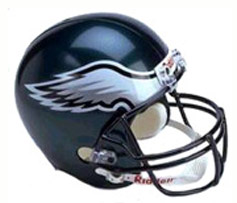 Would like to know so i can do the arc on approach plates in planes without an FMC.
Would like to know so i can do the arc on approach plates in planes without an FMC. Thanks....Chris

 Would like to know so i can do the arc on approach plates in planes without an FMC.
Would like to know so i can do the arc on approach plates in planes without an FMC. 










Use the JAC (Jackson Hole) arc as an example.Thank you..I think i have an understanding now. Forgive me if you explained this, how do i do the harder one with the OBS on the standard VOR indicator?
....with no wind...YES...BUT....the DME is still your primary distance indication. With a wind, the needle may be fore or aft of the 90 degree point and the amount of crab required will change depending on how much arc is travelled for the approach(a constant direction change relative to a fixed wind direction).EDIT: and with the RMI, you make small corrections to keep that pointing at you wingtip, correct?


Despite the terminology overload, it's really pretty simple. You should try it. It's excellent instrument and situational awareness training.Wow, you guys are all WAY over my head!

I don't use anything but JEPPS when I fly but when I'm at home and need to reference a plate, it's convenient just to grab one from fltplan.com.
And ugh, government charts... lol




lol, I hear ya on the free! And speaking of Jepp charts, for some reason i just stopped getting my Jepp chart updates in the mail... haven't gotten one since like mid Feb! Would probably be a good idea to look into that.




What? Naaaah. Just fly with old charts, like all the cool kids. Don't you want to be cool?
 I wanted to give my lesson a test run and found out that '02 still has the old Low Altitude frequency in the database. Ergo, if anyone is trying this at home and using an older version, 108.4 is the old JAC frequency and runway 19 used to be 18.
I wanted to give my lesson a test run and found out that '02 still has the old Low Altitude frequency in the database. Ergo, if anyone is trying this at home and using an older version, 108.4 is the old JAC frequency and runway 19 used to be 18. ...that's a tough call. I tried it with the default Baron and flew the arc at 120kts and two degrees bank and maintained (+/-) .2nm. I can see how maintaining less the two degrees consistent bank might be a bit of a task(flying something slow like a 172).As with the constant angle of bank... don't even think about trying that in a slow prop!! At least with something like a 16 DME arc, those take forever. My home airport has a 7DME arc and that baby goes by real quick.



Users browsing this forum: No registered users and 579 guests